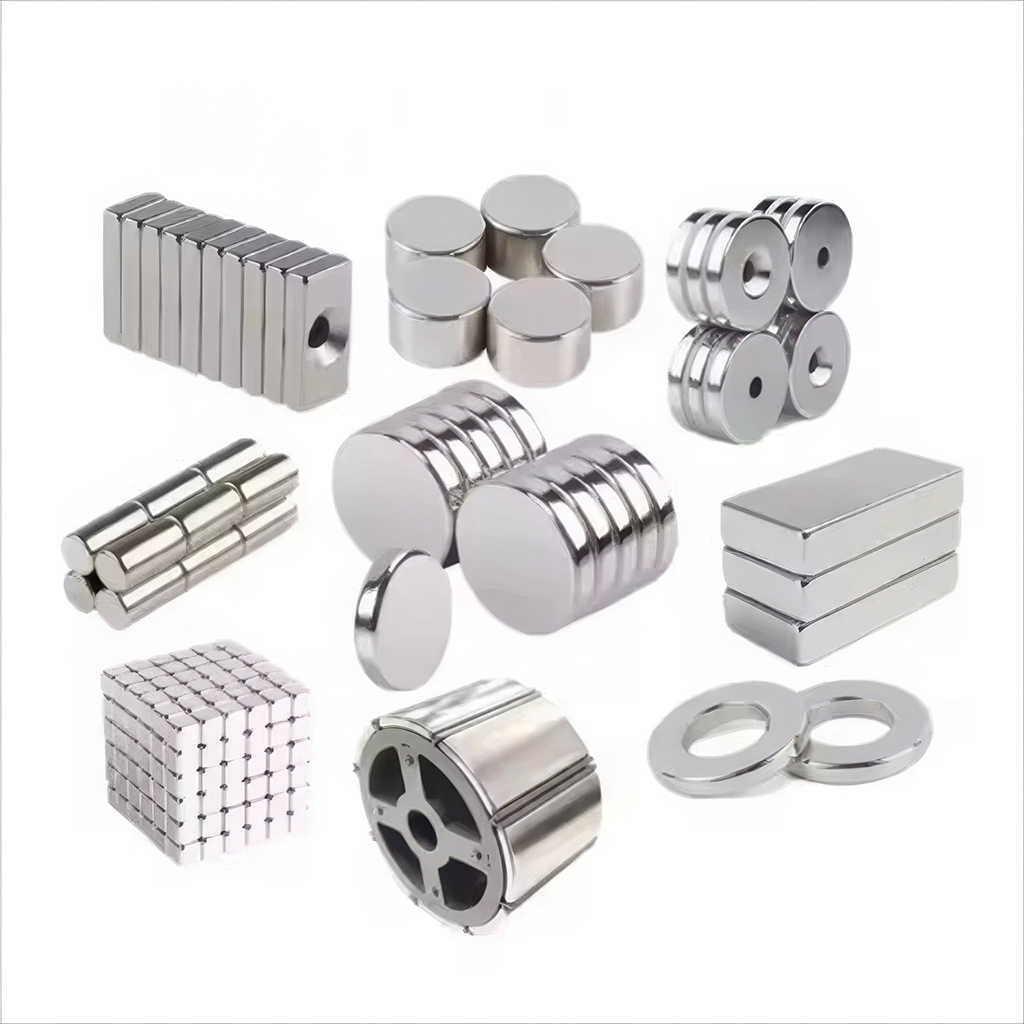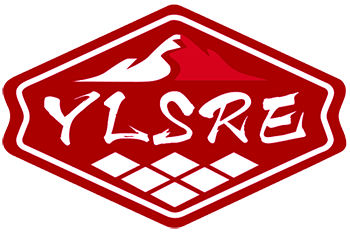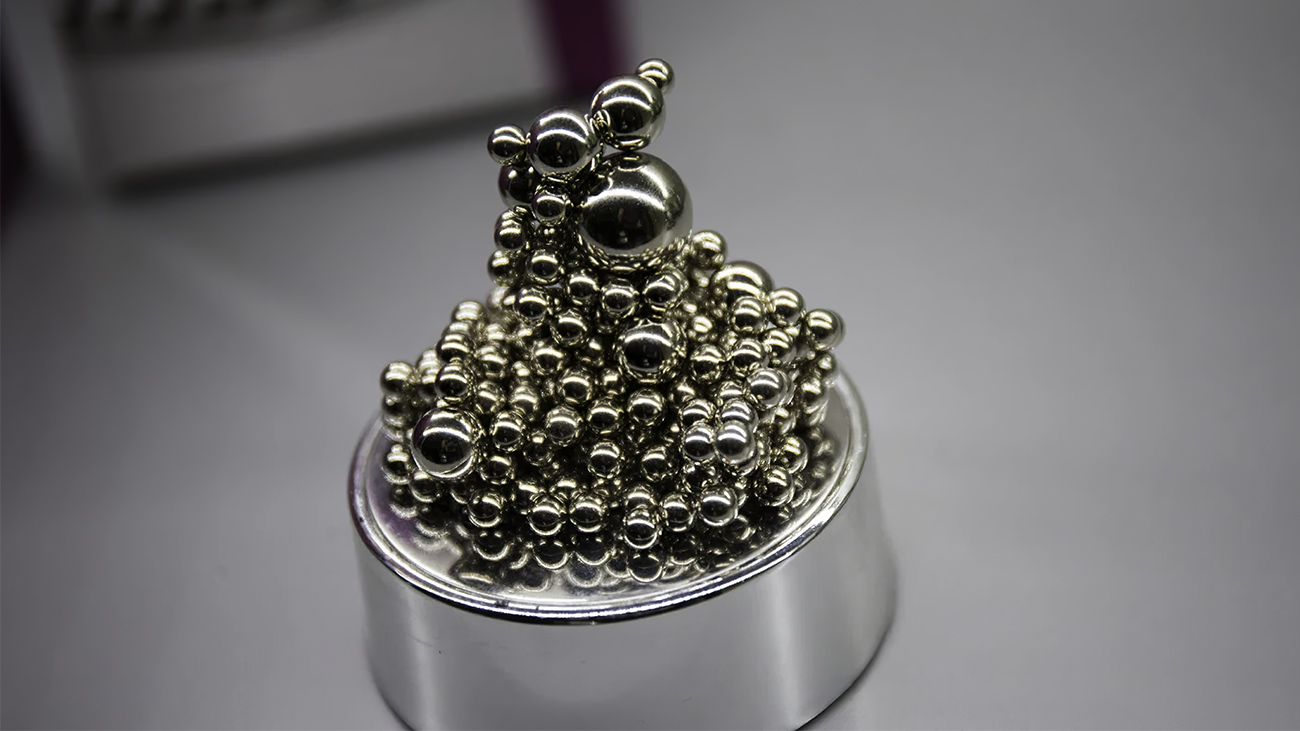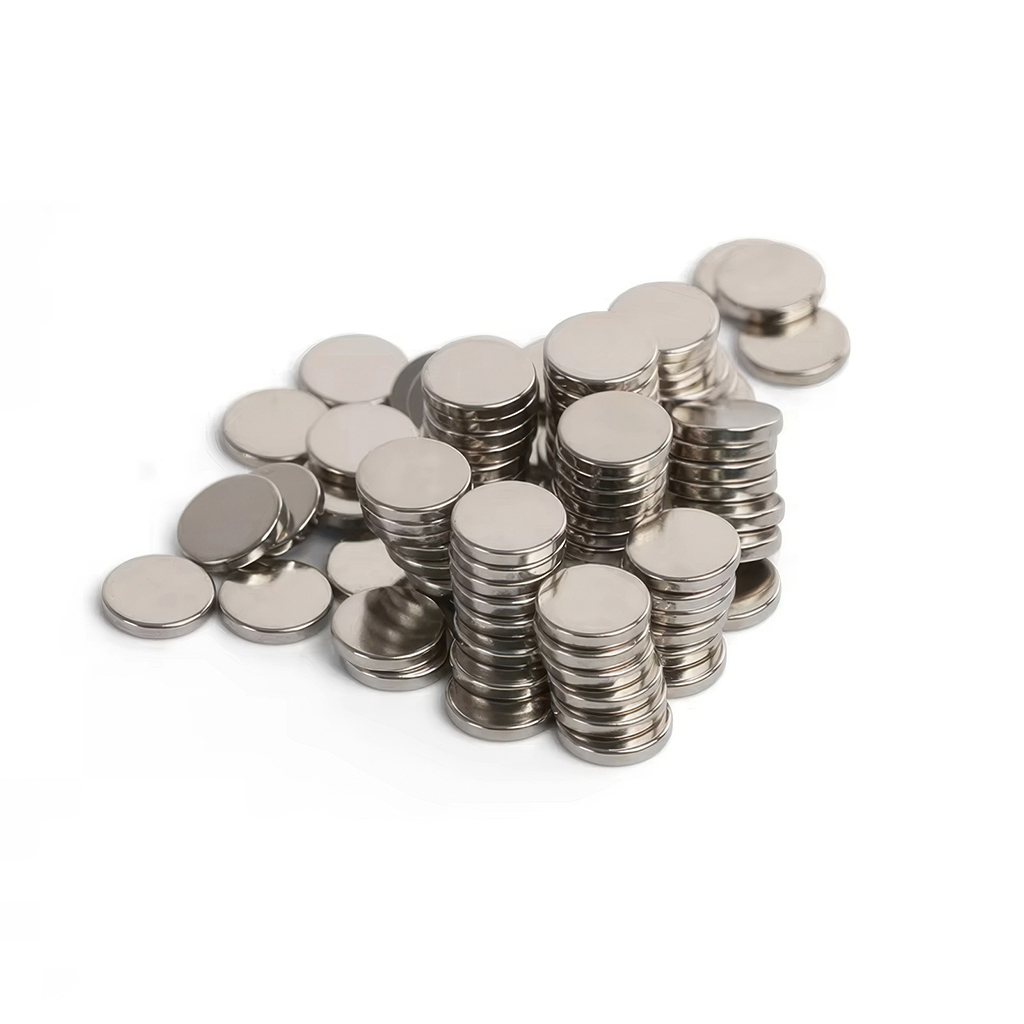How Are Permanent Magnets Made? The Complete Guide to Magnet Manufacturing
Understanding the magnet manufacturing process not only provides insight into the science behind magnetism but also reveals why certain materials, like neodymium, are preferred for creating the strongest permanent magnets.This article is your ultimate guide to the magnet manufacturing process, answering common questions about the materials, steps, and techniques involved in making permanent magnets.
Whether you’re curious about neodymium magnets, magnetic metals, or the processes that align particles for optimal performance, you’re in the right place.
Table of Contents

What Materials Are Used to Make Permanent Magnets?
Permanent magnets are primarily made from ferromagnetic materials such as iron, nickel, and cobalt. These materials have a unique ability to retain a magnetic field after being magnetized.
Rare Earth Elements in Magnet Production
The strongest permanent magnets, like neodymium magnets, are made using rare earth elements such as:
- Neodymium (Nd)
- Samarium (Sm)
Rare earth magnets are favored because of their high magnetic strength and ability to maintain a persistent magnetic field even under extreme conditions.
| Material | Characteristics |
| Neodymium | High magnetic force, used in powerful magnets |
| Samarium-Cobalt | Heat-resistant, suitable for high temperatures |
These materials are often combined with other elements to form alloys that enhance magnet properties.
What Are the Different Types of Magnets?
Magnets can be broadly categorized into permanent magnets and temporary magnets. Here’s a quick breakdown:
Types of Magnets:
- Permanent Magnets: Retain their magnetism indefinitely. An example of a permanent magnet is a refrigerator magnet or a neodymium magnet.
- Temporary Magnets: Become magnetic only when exposed to an external magnetic field, such as electromagnets.
Additionally, permanent magnets fall into subcategories:
- Ferrite Magnets: Made from iron oxide; inexpensive but less powerful.
- Rare Earth Magnets: Include samarium cobalt and neodymium magnets, which are the strongest permanent magnets available.
How Are Neodymium Magnets Made?
Neodymium magnets, also called NdFeB magnets, are produced using a complex magnet manufacturing process. They are made from a combination of neodymium, iron, and boron.
Steps in the Manufacturing Process:
- Raw Material Preparation: Suitable raw materials like rare earth elements and other magnetic metals are selected.
- Melting and Alloying: These materials are melted in an induction melting furnace to form an alloy.
- Powder Metallurgy: The melted alloy is cooled, ground into a fine powder, and prepared for shaping.
By using these techniques, manufacturers ensure the magnets achieve their strong magnetic field.
What Is Powder Metallurgy, and How Does It Apply to Magnet Production?
Powder metallurgy is a key step in manufacturing magnets. This process involves compressing powdered materials into a solid shape.
Key Steps:
- Powder Preparation: The alloy is ground into a fine powder.
- Compress the Powder: The powder is placed into a mold where it is compressed using a machine.
- Aligning the Particles: The particles are aligned in a strong magnetic field, ensuring the magnet will have maximum magnetic strength.
This method is particularly useful for creating neo magnets and other sintered magnets.
The Role of Sintering in Magnet Manufacturing
Sintering is the process of heating the compressed powder in a vacuum or inert gas to bind the particles together. During this stage:
- The material becomes dense and solid.
- The magnetic regions of the magnet are stabilized.
Why Is Sintering Important?
Without sintering, the magnets would lose their structural integrity and fail to maintain their persistent magnetic field.
How Are Magnets Magnetized?
Magnets are magnetized by exposing them to an external magnetic field. This process aligns the atomic particles within the material, ensuring a strong and stable magnetic force.
Magnetizing Neodymium Magnets
For neodymium magnets, the alignment process is critical. The particles are exposed to a magnetic field while being compressed, ensuring the final product has maximum magnetic strength.
What Are the Common Coatings for Magnets?
Magnets, especially rare earth magnets, are often coated to protect them from corrosion. Common coatings include:
- Nickel
- Manganese phosphates and chromates
- PTFE (Teflon)
These protective coatings ensure the magnets maintain their properties over time.
How Do Magnets Lose Their Magnetic Properties?
Although permanent magnets are designed to retain their magnetism indefinitely, certain conditions can cause them to lose their magnetic properties, such as:
- Exposure to high temperatures.
- Physical damage.
For example, neodymium magnets can lose their magnetism quickly if exposed to extreme heat.
Applications of Permanent Magnets Across Industries
Permanent magnets are essential components in many industries:
- Automotive: Used in electric vehicles, powertrain systems, and autonomous driving technology. Learn more about custom NdFeB magnets for automotive applications.
- Wind Power: Permanent magnets are critical in wind turbines and other renewable energy systems. Explore how neodymium magnets are used in wind power.
- Medical Devices: Found in MRI machines and other medical equipment. Discover the role of magnets in medical devices.
Summary: The Future of Magnet Manufacturing
Magnet manufacturing continues to evolve, with innovations focusing on efficiency and sustainability. Neodymium magnets, in particular, remain at the forefront due to their unparalleled strength and versatility.
Key Takeaways:
- Permanent magnets are made using materials like neodymium, nickel, and other ferromagnetic metals.
- The manufacturing process includes powder metallurgy, sintering, and magnetization.
- Coatings are essential for protecting magnets from corrosion and extending their lifespan.
For customized neodymium magnets tailored to specific industrial needs, check out customized NdFeB magnets.
Welcome to our factory’s custom NdFeB magnet services, where your ideas and needs become reality.
Simply share your concepts, requirements, or design drawings, and we’ll work closely with you to produce high-quality NdFeB magnets tailored to your exact specifications and performance standards.
You’ll benefit from competitive pricing, complimentary samples, and professional technical support from our dedicated team, making the customization process worry-free, safe, and cost-effective.
Our goal is to ensure that your products achieve outstanding performance with the highest level of quality and precision.
Economic Development Zone, Industrial Park, Shehong City, Sichuan Province, China.
Contact
News
US Department of Defense Allocates $5.1 Million to Recover Rare Earths from E-Waste
On January 17, 2025, the US Department of Defense announced a $5.1 million allocation to Rare Resource Recycling Inc. under the Defense Production Act.
China Revises and Implements the “Regulations for Outward Direct Investment Statistics,” Including Rare Earth Oxides
It is reported that on January 1, 2025, the Ministry of Commerce, the National Bureau of Statistics, and the State Administration of Foreign Exchange officially implemented the revised “Regulations for Outward Direct Investment Statistics.”
Canada Rare Earth Acquires Majority Stake in Laos Rare Earth Refinery
According to Magnet Materials News, on January 9, 2025, Canada Rare Earth Corp. announced plans to acquire a 70% stake in a rare earth refinery in Laos. This acquisition aims to enhance supply security and economic benefits.



